“The mission from California’s central coast was Space Exploration Technologies Corp’s 18th this year.”
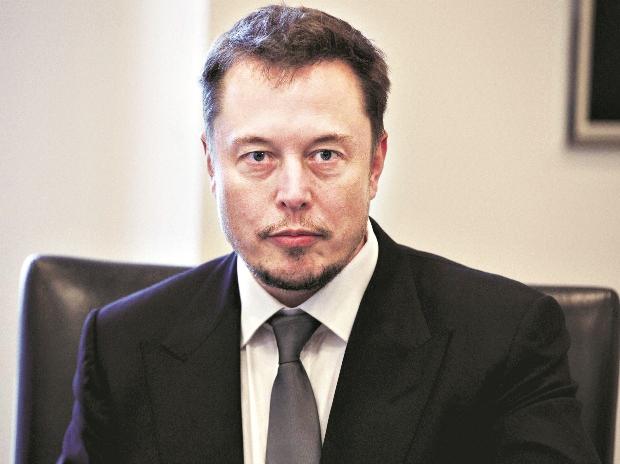

“The mission from California’s central coast was Space Exploration Technologies Corp’s 18th this year.”
The bright images in the sky that stopped traffic across the Southland came from the SpaceX Falcon 9 rocket, launched from Vandenberg Air Force Base on Friday. The rocket was carrying 10 satellites to low-Earth orbit, all which successfully deployed. (credit: Al Seib / Los Angeles Times) lat.ms/2l0l8Xt
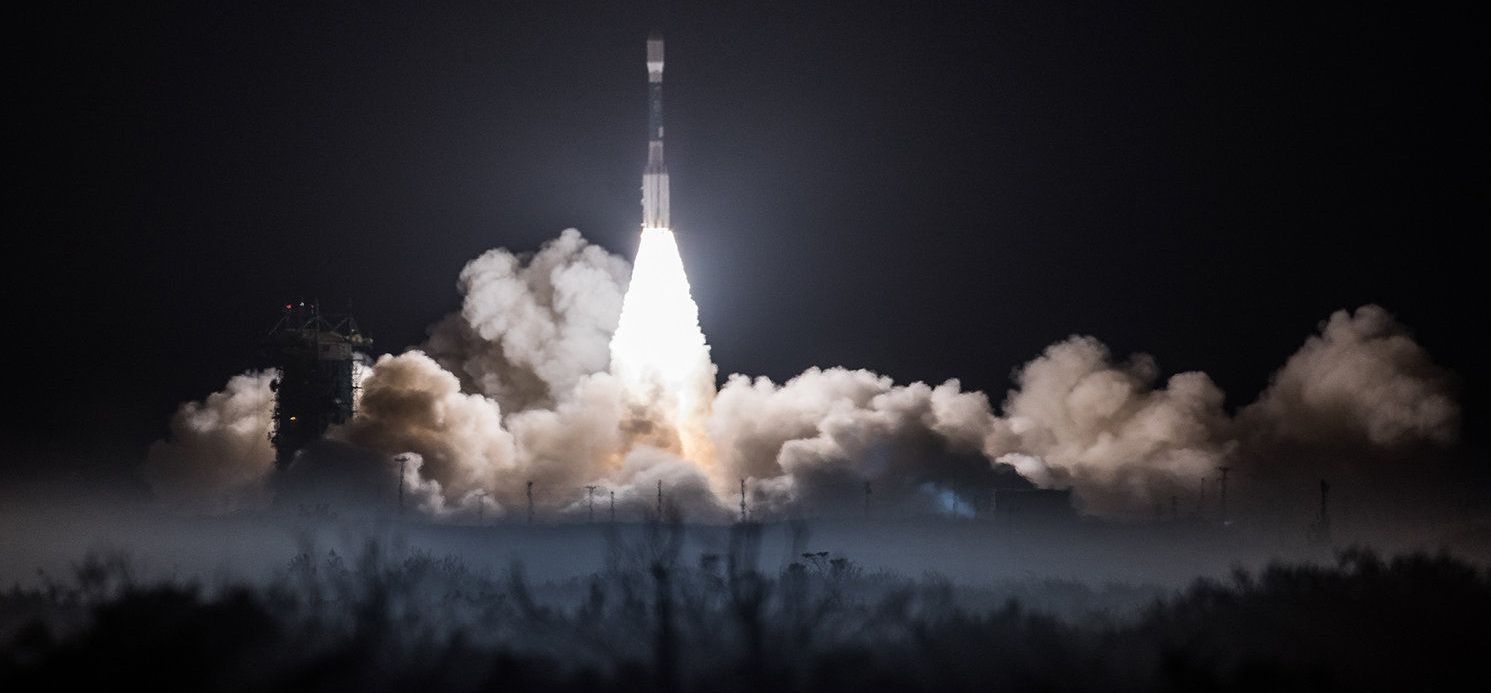
The first in a series of four advanced polar-orbiting satellites launched to space on its third try early Saturday (Nov. 18), turning its watchful eye to improving the accuracy of weather forecasts and Earth observations.
The new Joint Polar Satellite System-1 satellite, or JPSS-1, launched into orbit atop a United Launch Alliance-built Delta II rocket at 4:47 a.m. EST (0947 GMT), lighting up the predawn sky over its Vandenberg Air Force Base in California. The successful liftoff came after two scrubbed launch attempts earlier this week due to high winds and boats inside the launch range restriction zone offshore.
“Things went absolutely perfect today,” NASA launch manager Omar Baez said after the JPSS-1 launch. “The nation’s got another wonderful weather asset up in space.” [The JPSS-1 Weather Satellite’s Mission in Pictures].
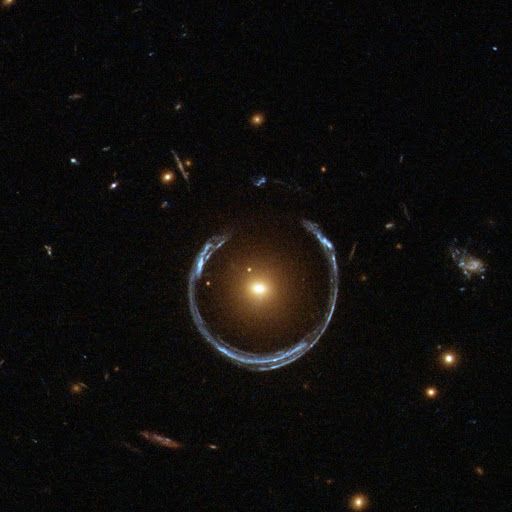
Yes I agree.very good resource for this job!
In our efforts to understand the Universe, we’re getting greedy, making more observations than we know what to do with. Satellites beam down hundreds of terabytes of information each year, and one telescope under construction in Chile will produce 15 terabytes of pictures of space every night. It’s impossible for humans to sift through it all. As astronomer Carlo Enrico Petrillo told The Verge: “Looking at images of galaxies is the most romantic part of our job. The problem is staying focused.” That’s why Petrillo trained an AI program to do the looking for him. Petrillo and his colleagues…
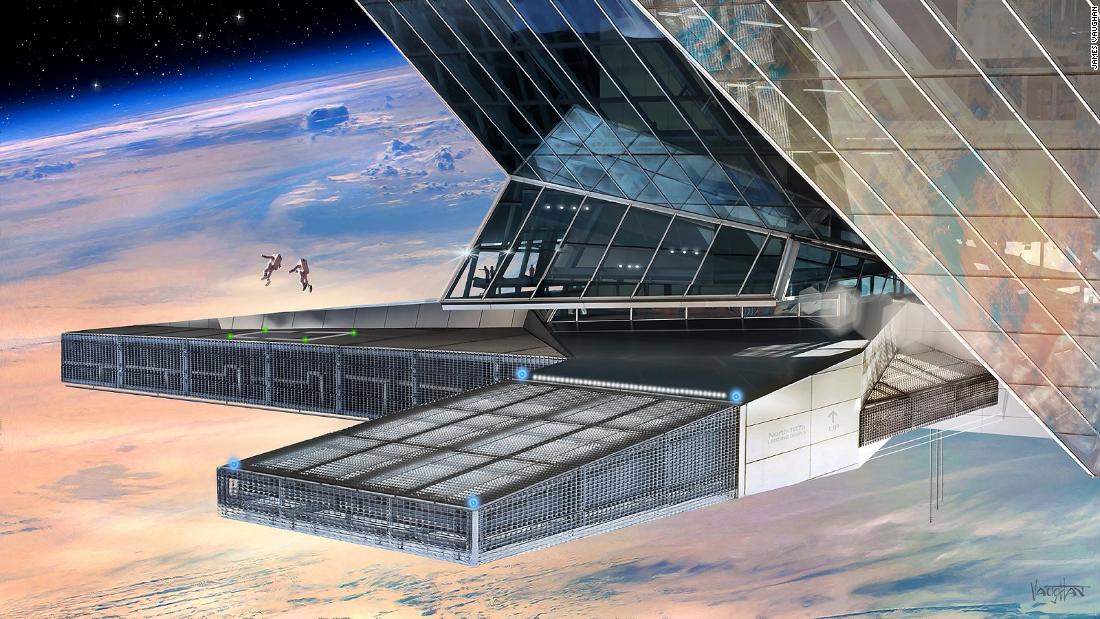

As America has turned away from searching for extraterrestrial intelligence, China has built the world’s largest radio dish for precisely that purpose.
Last January, the Chinese Academy of Sciences invited Liu Cixin, China’s preeminent science-fiction writer, to visit its new state-of-the-art radio dish in the country’s southwest. Almost twice as wide as the dish at America’s Arecibo Observatory, in the Puerto Rican jungle, the new Chinese dish is the largest in the world, if not the universe. Though it is sensitive enough to detect spy satellites even when they’re not broadcasting, its main uses will be scientific, including an unusual one: The dish is Earth’s first flagship observatory custom-built to listen for a message from an extraterrestrial intelligence. If such a sign comes down from the heavens during the next decade, China may well hear it first.
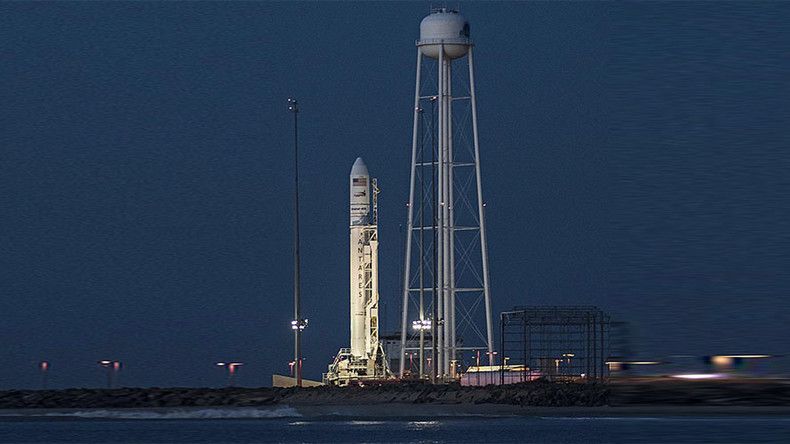
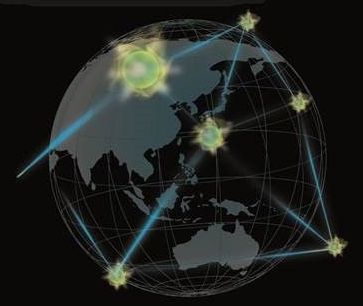
NASA’s OCO-2 satellite has detected a dramatic spike in global atmospheric carbon dioxide, and overheated tropical forests are partly to blame.
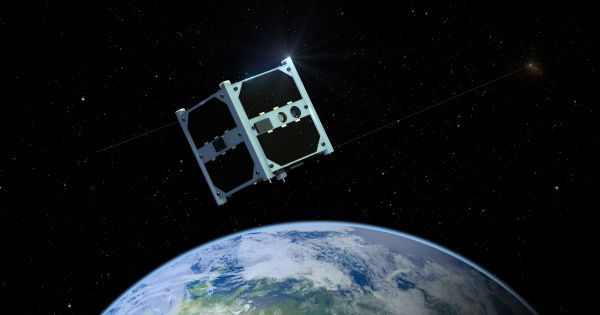
Sending satellites into space is going to continue to get cheaper since SpaceX proved it could reliably launch refurbished rockets. This is going to open up space exploration to more entities allowing for the continued democratization of space. Other technological advances could make a global space centered sharing economy a real possibility.
The rise of the internet and the ubiquity of mobile computing devices have changed everything from travel and shopping to politics – think Uber, Amazon, and Twitter.